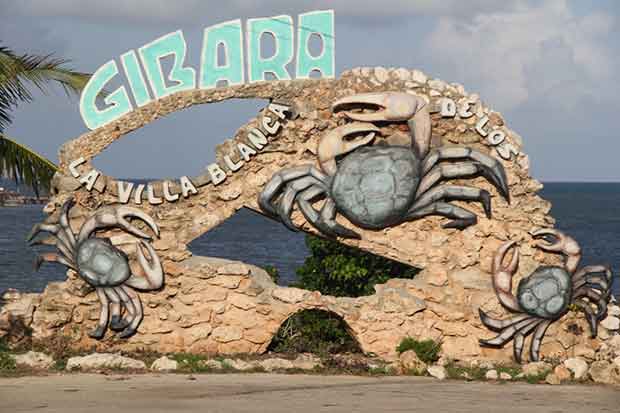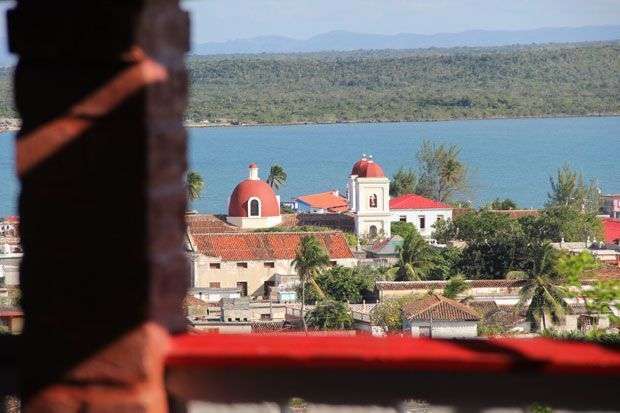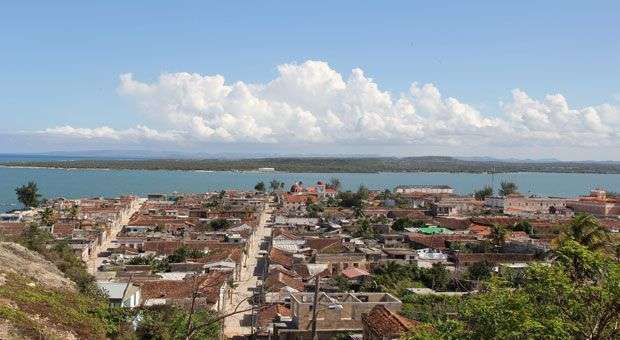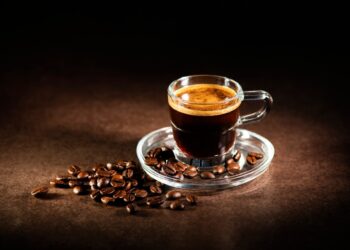Several months ago I went to Gibara, in the Eastern province of Holguin and I found a strange corner at the entrance of a bay surrounded by mountains. Though I didn’t find out why people call it the White Village, it seems it has to do with the typical food of the place: seafood.
I got there not knowing where toeat, stay or how to move around the town. In Havana I left many friends looking forward for my return to learn about my experiences and make easier their trip to the Low-Budget Film Festival in April. So I asked about everything I needed to know not just to satisfy the inner curiosity of every journalist but to tell my friends all about it.
There are several choices to travel to Holguin: by plane, bus or train. Once there, you have to look for the children’s park from where cars leave for Gibara for 20 Cuban pesos and in half an hour you get there.
In this village, founded in 1817, the sea and the air come together and no other element is more important. “Here the swell is common mostly throughout the year, just like now, you see?” That constant breeze coming from the sea is hard to find anywhere else in Cuba. However, salt residues corrode every metal it finds in its way.
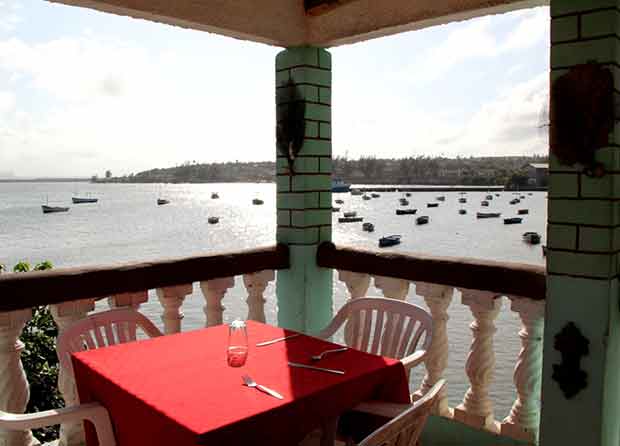
Most its inhabitants are hospitable people. By moments you feel people scrutinizing you and their faces change as you approach them and they get friendlier. Though they might not be good at measuring distances, for instance, they told me the wind park was just one kilometer away, but I actually had to walk 10 to get there.
The wind park is those wind turbines that generate electric power and can be seen from far away, almost from anywhere in town and occasionally they remind you of images of developed nations like Holland or Germany. They are so big and so impressive that they seem to be closer. Their giant arms spin, spin and spin all year round, they hardly ever stop.
Lodging:
When I get off the car I have no other option but to walk and ask around for a cheap place to stay. Thus, I got to Hostal El Balcon two blocks away from the center of the town. The room had the necessary conditions: air conditioning, hot water, bathroom and independent entrance for guests. For 250 Cuban pesos the night we stayed a few blocks away from anywhere in town.
At first, I guessed luck was on my side, but as days went by I figured out there were several houses for rent in Cuban pesos. There were so many that we couldn’t visit them all and ask about prices and offers. Yet, they ranged between 200 and 250 pesos with the same conditions and excellent comfort.
At Hostal El Balcon, for 50 pesos, they also offered breakfast more than enough so that you don’t have to eat anything else in the morning. Milk, fruit, omelet, toasts with mayonnaise, juice, bread and desserts, all cooked and served with the characteristic kindness of each inhabitant in Gibara.
Food:
Food is within everyone’s reach. There are pizzas, delicious desserts or meat sandwiches for less than 20 pesos and even real delicacies are served in beautiful paladars (private small restaurants). I don’t eat a lot; I admit that, I know nothing about exotic food. However, every time I feel hungry I think of the Vista Azul paladar. It is located at the top of a hill with a spectacular view of the city and it finds pride in being one of Gibara’s best.
“You can eat as much rice and salad as you may wish, though no one asks for more because the initial ration served is more than enough”, says Pedro Luis Roldán Galbán, better known as Pelly. Any dish costs the same: 100 Cuban pesos. Two people can satisfy their hunger with one ration. “Pelly’s castero filet is among the best in Gibara and they are accompanied by this view”, noted Pedro Suarez, a customer who came from the city of Holguin with his family just to enjoy a good lunch.
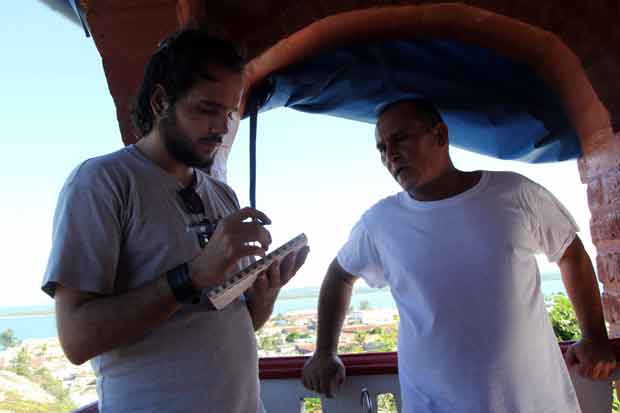
“We have chicken and pork meat, but what people order the most is fish and seafood”, explains Pelly who is proud of his business. “I started this business a few months ago and I’m doing fine. There is capacity for 30 people, but for the Festival we will have more and we will not close as long as there are customers.”
In Gibara there are similar top quality places as La Cueva Taína, El Curujey or Las Terrazas, though the best one is undoubtedly Pelly’s Villa Azul. In all these places the price of the main course is the same (100 pesos) and the menu is based on typical food in town, mostly seafood. Why Pelly is the best? Only there it is possible to find the perfect combination of an excellent view of the town, excellent service (no excess) and good taste in an authentic Cuban homemade food.
Gibara, “not to brag about it´, is Cuba’s most beautiful town”, it has some magic that is engraved in your memory forever. Nothing will be the same after walking down its streets, enjoying the breeze from the Atlantic and saying someone “I love you” by the shore of the bay.
I hope my memories can be of help for this year’s low-Budget Film Festival in Gibara.
